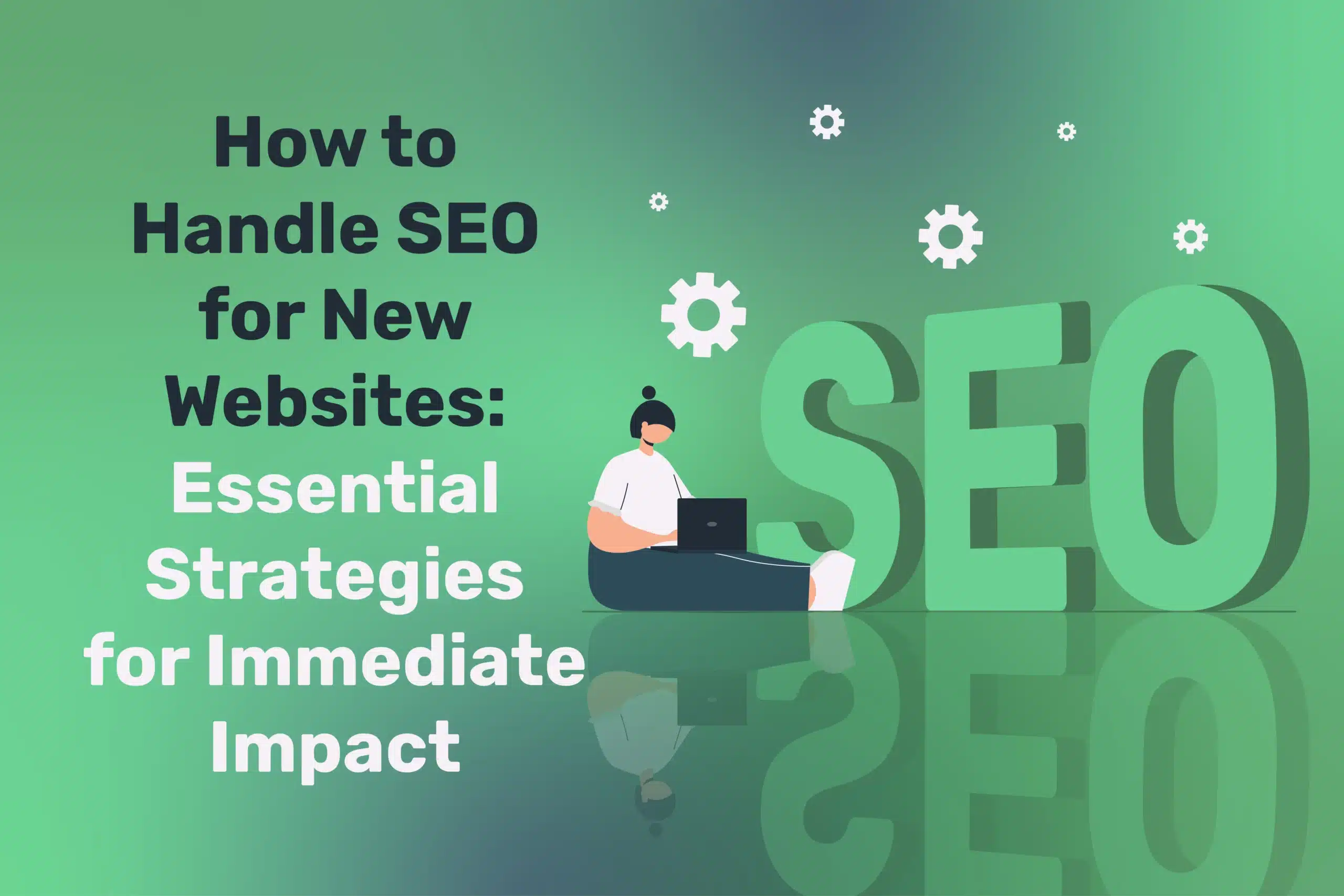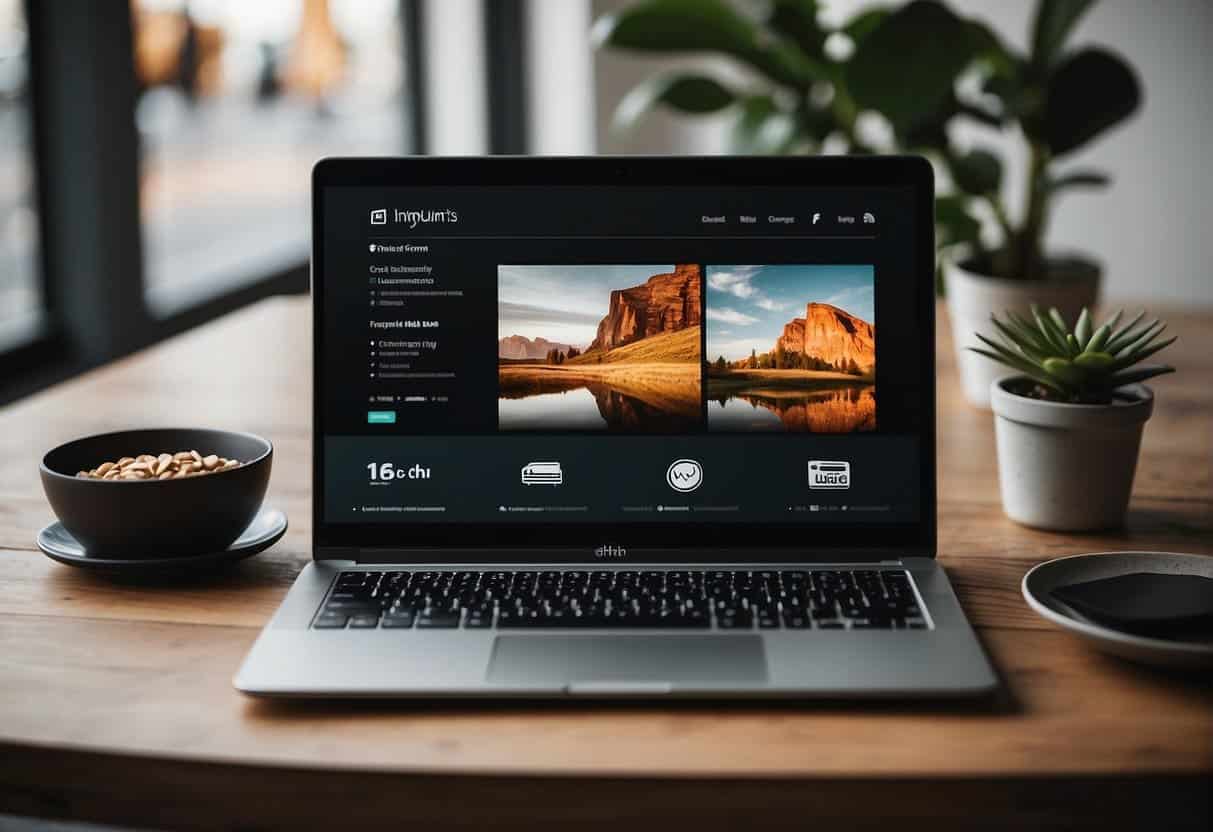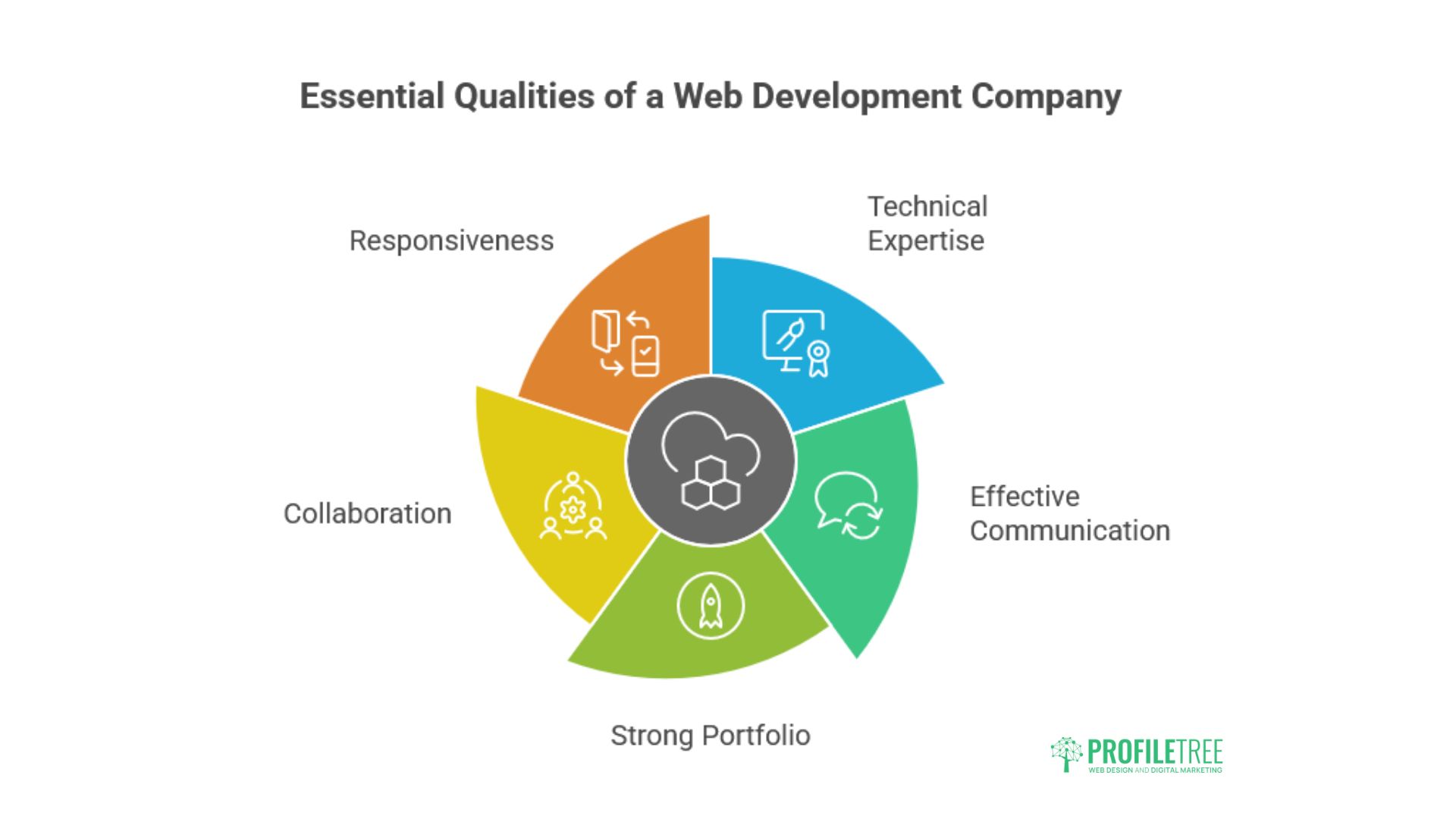
Why Great Web Design Matters for Your Business
Table of Contents
Your website is often the first interaction a customer has with your brand. Within just a fraction of a second, visitors form an opinion about your site—and, by extension, your company. A poorly designed or slow-loading website can drive potential customers away instantly, while a professional, user-friendly design can draw them in.
In today’s digital-first world, great web design is not a luxury but a necessity for any business that wants to make a strong impression and convert visitors into customers.
First Impressions and Credibility

Studies show that it takes around 50 milliseconds (0.05 seconds) for users to form a judgement about a website. In that blink of an eye, a visitor decides whether your site (and business) seems credible or not.
About 75% of people admit to judging a company’s trustworthiness based solely on its website design. This means if your pages are cluttered, outdated, or hard to navigate, you could be losing three-quarters of your potential customers’ confidence immediately. A clean, modern design with easy navigation signals professionalism and builds trust.
Industry insight: Mobile responsiveness is now absolutely critical to credibility as well. With over half of all web traffic coming from mobile devices, a site that doesn’t display correctly on smartphones will frustrate users.
Google’s move to mobile-first indexing also means that the mobile version of your site influences search rankings. In short, a credible web presence requires a design that looks and works great on all screen sizes.
Your website is your digital storefront—if it looks uninviting or is difficult to use, customers won’t hang around. Investing in quality web design is really an investment in your business’s reputation and growth,” says Ciaran Connolly, Director of ProfileTree.
User Experience Drives Conversions

Good web design isn’t just about looking nice—it directly impacts your bottom line. A well-structured, intuitive site improves user experience (UX), which keeps visitors engaged longer.
For instance, simple navigation menus, clear calls-to-action, and fast-loading pages all help guide users toward contacting you or making a purchase. On the other hand, if your site is confusing or slow, users will leave (often to a competitor).
Even a one-second delay in page load time can result in about a 7% reduction in conversions—which could mean significantly fewer sales or leads over time.
Consider the impact of a redesign: One small business we worked with had an outdated website with a high bounce rate (nearly 70% of visitors left after viewing one page). After a comprehensive redesign focusing on UX—including simplifying the layout and improving page speed—their bounce rate dropped to 40%.
Visitors started spending more time exploring products and services, and the company saw a notable uptick in enquiries and sales. This case study illustrates how improving the user experience through better design can directly boost conversion rates and revenue.
SEO Benefits of Great Web Design
A well-designed website does more than just look good; it also has a direct impact on how well your site ranks in search engine results. By focusing on user experience, site speed, and intuitive navigation, you can significantly boost your visibility and attract more organic traffic.
The Role of User Experience in SEO
Search engines like Google prioritise websites that offer a positive user experience. This includes intuitive navigation, clear layout, and mobile responsiveness. When users can find what they need quickly, they spend longer on your site, signalling its value to search engine algorithms. As a result, your pages are more likely to rank higher for relevant keywords.
Streamlined Site Architecture for Better Crawling
A clean and organised site structure helps search engine crawlers understand and index your content effectively. By grouping related pages and using logical URL structures, you make it easier for both visitors and search engines to navigate your site. A well-structured site also ensures your internal links pass link equity efficiently, potentially boosting the visibility of deeper pages.
Faster Loading Speeds and Higher Rankings
Page speed is another critical factor in SEO. Slow-loading pages can lead to high bounce rates, which can negatively affect your rankings. By optimising images, enabling browser caching, and minimising code, you ensure faster loading times. This not only improves the user experience but also makes your site more appealing to search engines that reward efficient performance.
Content Discoverability and Engagement
Web design and content go hand-in-hand. Using headings, bullet points, visuals, and concise paragraphs makes your pages easier to digest for both humans and search engine bots. Engaging content, paired with a user-friendly design, keeps visitors on your site longer and encourages them to explore further. This increased dwell time and reduced bounce rate both have a positive effect on your SEO efforts.
In essence, great web design underpins effective SEO. By prioritising user experience, streamlining site architecture, optimising load times, and ensuring content is both visible and engaging, you create a website that performs well in search results. This synergy between design and SEO ultimately boosts your online presence, driving more organic traffic and enhancing your brand’s reputation.
Keeping Up with Design Trends and Technology

Web design best practices evolve quickly. What appeared cutting-edge just a few years ago can seem outdated now. Modern consumers expect websites that are both functional and visually appealing, reflecting current web design trends such as minimalist layouts, dark mode interfaces, interactive elements, and video backgrounds.
However, these features must be implemented thoughtfully. Overloading a site with flashy visuals can slow down performance or compromise user experience. Striking the right balance between form and function is key to ensuring your website remains stylish, user-friendly, and optimised for both visitors and search engines.
Beyond Visual Trends: Technology, Security, and Accessibility
Great web design also considers technical factors that influence usability and trust. For instance, using HTTPS encryption fosters confidence by keeping user data secure. Additionally, adhering to accessibility standards—such as the WCAG guidelines—ensures your site remains inclusive for individuals with disabilities.
Implementing chatbots or AI-driven features can also enhance user interaction. These additions can provide quick support, recommend products, and boost overall engagement. By integrating the latest technologies, you keep your site modern and effective while also appealing to visitors who expect swift, seamless browsing experiences.
Expert Tip: Regular Audits and Ongoing Improvements
Web design is not a one-off project. After launching or redesigning a site, regularly audit its performance and gather user feedback. Small yet impactful updates—like refreshing imagery, revising content, or enhancing navigation—can significantly improve user satisfaction and retention.
Reviewing site analytics to understand visitor behaviour is crucial. If certain pages have high bounce rates or low engagement, investigate potential issues such as unclear layout, slow page speed, or outdated web design elements. By continuously refining your site, you ensure it remains aligned with user expectations and delivers an optimal experience.
Keeping up with design trends and technology isn’t just about aesthetics; it’s an essential part of maintaining a secure, accessible, and user-friendly website. Regular reviews, thoughtful updates, and a willingness to adapt to emerging best practices will keep your site performing at its best and delighting visitors well into the future.
Measuring Success with Analytics and Continuous Optimisation

Even the best-designed websites benefit from ongoing monitoring and improvement. Analytics tools—such as Google Analytics—help you understand how users interact with your site: which pages they visit, how long they stay, and what actions they take. By examining metrics like bounce rate, conversion rate, and session duration, you can spot areas that may need refinement.
For instance, if a specific page has a high bounce rate, it may indicate slow loading times or unclear content. Alternatively, if users frequently abandon their shopping carts, revisiting your checkout design could lead to increased sales. By making data-driven changes rather than relying on assumptions, you’ll keep enhancing user experience and boosting conversions over time.
Remember, web design is never truly “finished.” Small, strategic tweaks based on real user data can lead to significant improvements in engagement, SEO performance, and ultimately, revenue. This commitment to continuous optimisation ensures your site stays relevant, user-friendly, and competitive in a constantly evolving digital landscape.
Web Design as a Business Investment
Ultimately, great web design is a business investment that yields returns. It enhances your brand image, builds trust with your audience, improves engagement, and drives more conversions—all of which contribute to business growth. In a competitive marketplace, an amateur-looking site can seriously hold you back, while a polished website can set you apart from competitors.
Your website works for you 24/7, often reaching customers far beyond your physical location. Ensuring it provides a positive, memorable experience should be a top priority. If you feel your current website isn’t delivering on these fronts, it may be time for a revamp.
Ready to transform your online presence with a powerful, user-focused website? Book a call with ProfileTree’s web design team today to discuss how we can create a great web design that truly reflects your brand and drives results for your business.
FAQs
How often should I update or redesign my website?
Aim to review and refresh your website design every two to three years, or sooner if user behaviour data suggests issues like high bounce rates. Technology changes quickly, and staying current with design trends and best practices keeps your site competitive.
Will a redesign negatively affect my SEO?
A well-planned redesign can actually improve SEO. By maintaining your existing URL structure where possible, using 301 redirects for any changed URLs, and ensuring content remains optimised, you can preserve or even enhance your search rankings.
What’s the difference between web design and web development?
Web design focuses on the look, feel, and structure of a site—elements like layout, colour schemes, and usability. Web development involves coding and building the functionalities behind the scenes. Both work together to create an engaging, functional website.
What makes a website accessible?
Accessibility involves designing and coding your site so that it’s usable by people with disabilities (e.g., screen reader compatibility, clear contrast, and keyboard navigation). Following WCAG guidelines broadens your audience and can also have a positive impact on SEO.




